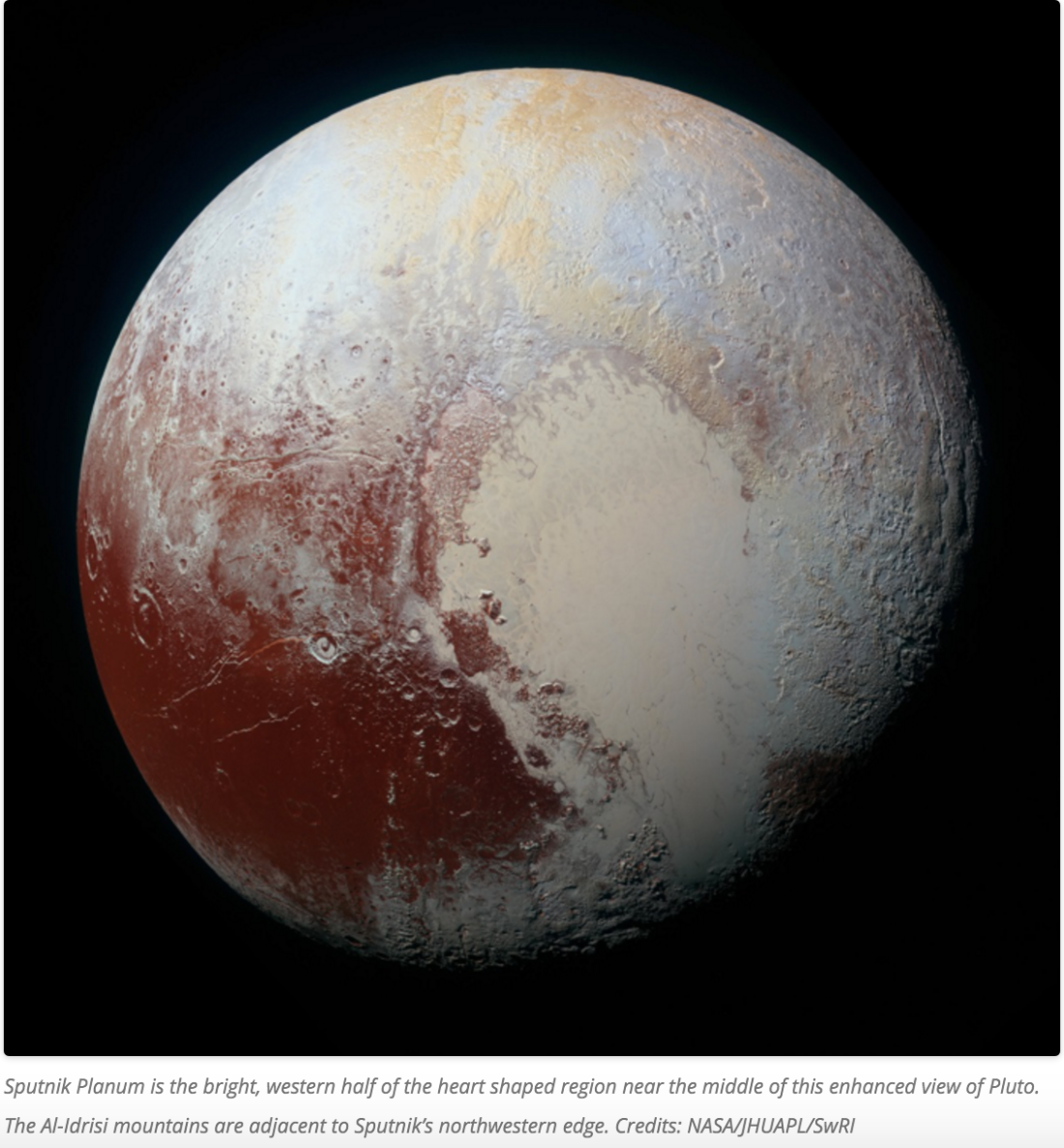Today’s Sphero lesson with my two year 4 classes focused on coding Sphero to trace polygons on the floor. Students were not very familiar with polygons and some of the other terms in the lesson, however, during the starter it was evident that some girls had some knowledge, enough for the lesson at least. Students were just about to learn about polygons in their maths class so this was a nice introduction.
So, a polygon is a 2D shape with at least three straight sides: triangle (3 sides), quadrilateral (4 sides), pentagon (5 sides), hexagon (6 sides), heptagon (7 sides), octagon (8 sides), nonagon (9 sides) and decagon (10 sides).

To help set up the lesson and relate the learning to a real-life, STEM scenario I used a great article from NASA called ‘The Polygons of Pluto’. This blog article by Katie Knight, an undergraduate student at Carson-Newman University in Jefferson City, Tennessee. Katie works with the New Horizons team to help map some of the unusual terrain on Pluto, seeking patterns and estimating sizes and shapes of some of its unusual features.


This fascinating article talked about the work Katie does to study the geological features and ‘chaotic terrain’ of the surface of dwarf planet Pluto. This also raised an interesting discussion of what is a dwarf planet and why was Pluto downgraded from a planet to a dwarf. This BBC article provides a nice explanation of why Pluto was downgraded. The image below also states the requirements to be classified as a planet.

I love lessons where I can relate the learning to space, and this was a great example. We talked about how NASA scientists use knowledge of polygons to study the surface of planets to try to discover what the terrain is made from, how big it is and how it formed. They also look for patterns that they try to match with other planets that could help unlock more clues about our solar system. Young girls are curious about space and mentioning NASA always seems to engage young minds. One day some of these girls could be working for a space agency such as NASA and perhaps they could even be coding robots on far away celestial bodies like planets and dwarf planets. This lesson could have gone in so many directions and we could have explored much more about space and NASA, but time limitations meant we could not venture too far into deep space. Perhaps a flipped activity here where students look for polygons on other celestial bodies, how many can they find, what shapes can they discover?! Example below is Eros, an asteroid famous for its close approaches to Earth.

After describing how Sphero moves using a 360 degrees heading system it was time to start coding some polygons. We started with a square and moved onto a triangle. Some groups absolutely flew with the challenges and were able to complete them quickly. When they completed the challenges they moved onto extension tasks, including coding Sphero to display different colour lights on each side of the shape and coding the shapes in reverse.
Observing the groups at work is interesting. Some girls just want to play for the first few minutes while others start the challenge immediately and can’t wait to finish and show the teacher. However, all girls are engaged, all girls are participating, all girls are collaborating and communicating, all girls are problem-solving and using technology constructively. Using Sphero and an iPad means girls are not staring at screens the whole time, they are actively using technology by using a small robotics device that they love to make move and follow. They are active and mobile coders.
In the lesson girls learnt about polygons, Sphero heading, how to find the angle needed to draw any polygon, how NASA scientists use amazing technology to explore distant bodies and search for certain shapes and the information they can get from them. For me this lesson definitely ticked the STEM box many times over.
Reblogged this on Lost Dudeist Astrology.